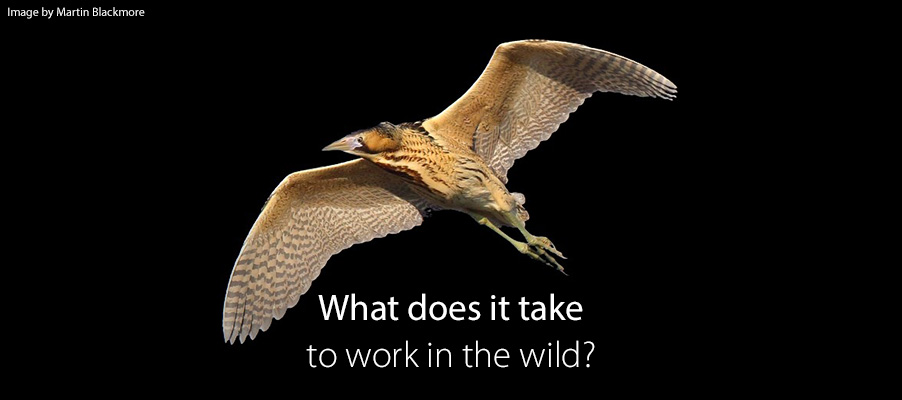Photography is an artform with so many different genres and avenues. Our new series is all about shining the spotlight on these different genres and discovering the details, starting with wildlife photography. We chat to UK-based wildlife photographer Martin Blackmore about his career to find out what it takes to capture gorgeous wildlife photography.
Catching the photography bug
Martin has been a photographer for the past eight years. He first discovered his passion for UK wildlife on his daily commute to work, quickly becoming fascinated:
“I used to commute between the Isle of Wight and Portsmouth and one morning I noticed a cormorant flying past the ferry. I’d never seen one that close before and thought it would be an interesting challenge to try to get a photograph of one. I bought my first DSLR and a 70-300mm zoom lens and went out looking for cormorants. I soon started noticing other birds that I just hadn’t seen before and I was hooked.”

Photographing birds in the wild can be a tricky talent to master. The results can be so rewarding when you manage to capture them mid-flight in a ‘blink and you’ll miss it’ moment. This is something Martin finds challenging, but loves working in the wild:
“I’m not interested in photographing captive ‘wildlife’ in zoos or animal parks, so for me it’s that wild birds and animals don’t appear to want to be photographed – which of course is the big challenge. I did a bit of studio portrait work in my early twenties but wildlife photography is on a whole different level.”

Finding the perfect shot can depend on so many different aspects working in your favour as a wildlife photographer. This is one of the most difficult parts of Martin’s work:
“There are just so many variables that you have no control over. Over the past couple of years, I have concentrated mainly on birds in flight and the major challenge there is the weather. I need good light coming from the right direction and that really equates to mornings and evenings for me. Heat haze can be a big problem in the summer as well.”
Reaping the rewards in your work
Despite the hardships and challenges many wildlife photographers face trying to capture beautiful images, this means their work can be extremely rewarding when they manage to achieve their goal. There’s nothing that compares to knowing you’ve taken a perfect photograph:
“It’s when you know that a particular bird is in the area and you suddenly see it, it comes close enough for a decent shot and the light is good and hitting the bird at the right angle. It happens very rarely, but when it does it’s a great feeling.”

Martin’s advice for any aspiring wildlife photographers is more focused on knowing your subjects. You can be fantastic at photography and know everything there is to know about lighting and camera models, but when it comes to photographing in the wild, there’s so much more you need to know:
“Work on your fieldcraft. Wildlife is generally very wary of human presence. At the very least, wear dark clothing and move slowly – if at all. Ideally, use camoflage and keep to the shadows.”
Next spotlight: Pet photography
Next month’s spotlight will focus on pet photography. We’ll be discussing the ins and outs of this genre with a Scotland-based pet photographer with a background in veterinary care to discover what it takes to be successful in this industry. Keep an eye on the Loxley Colour blog to find out more!

